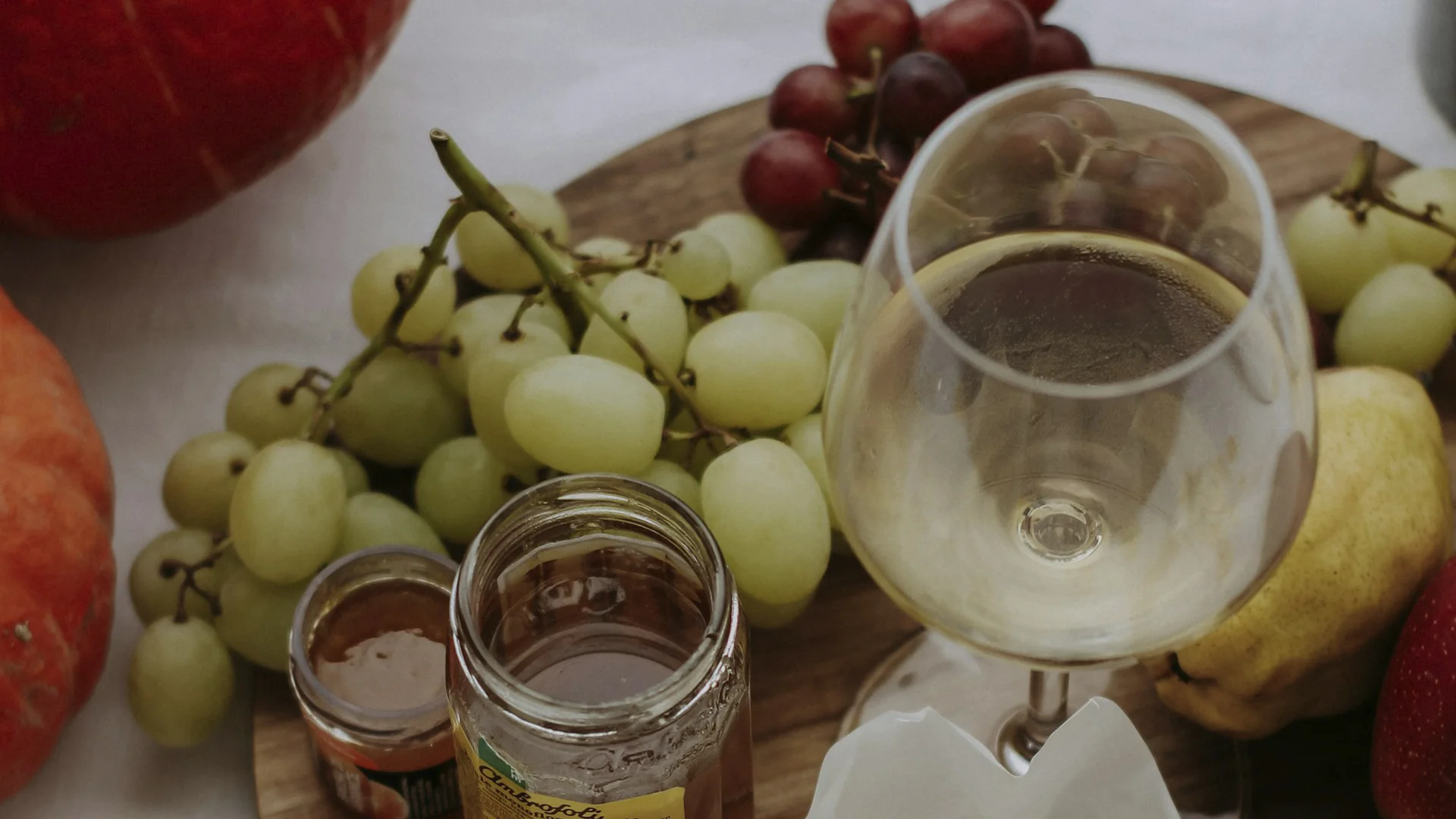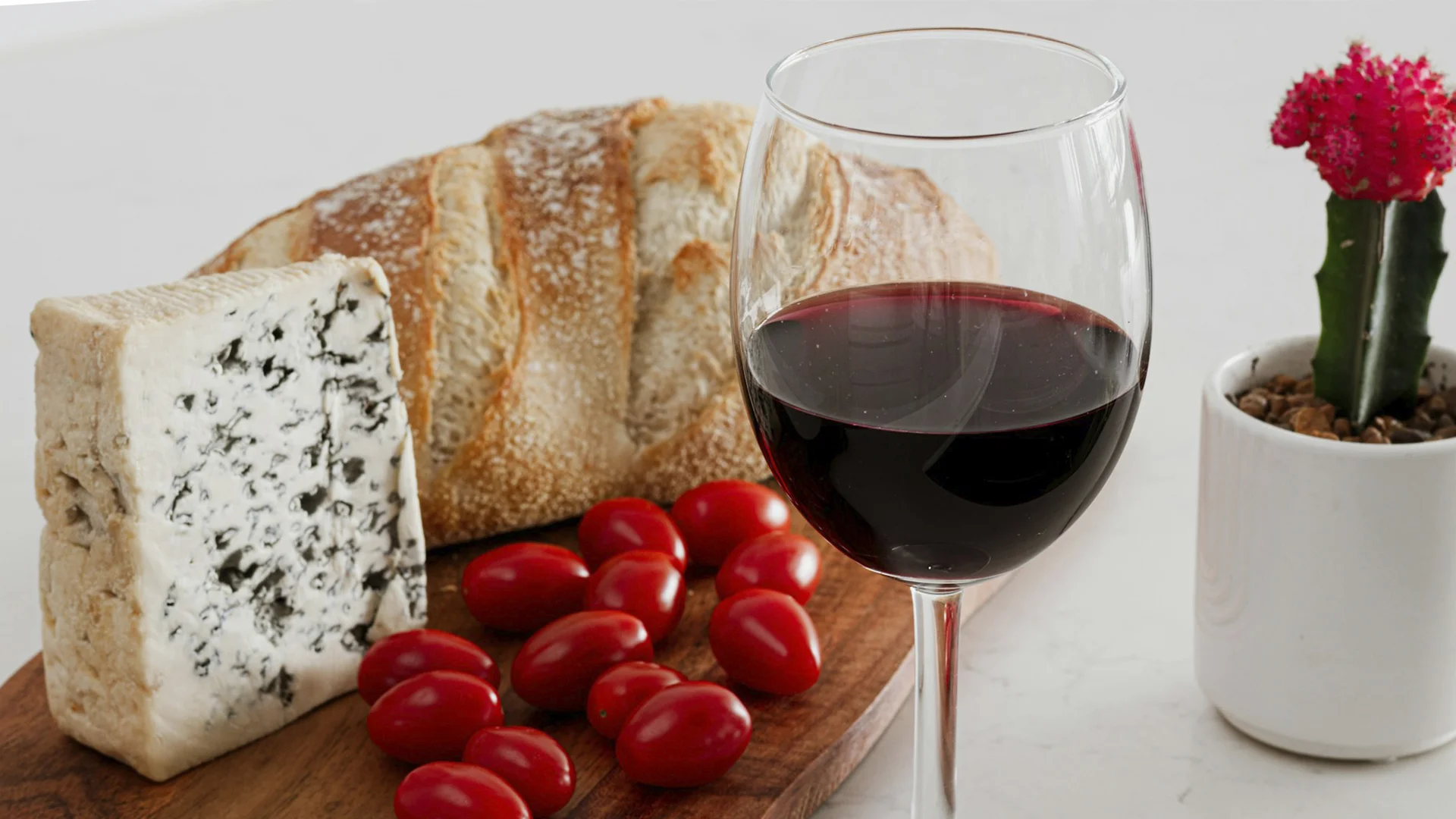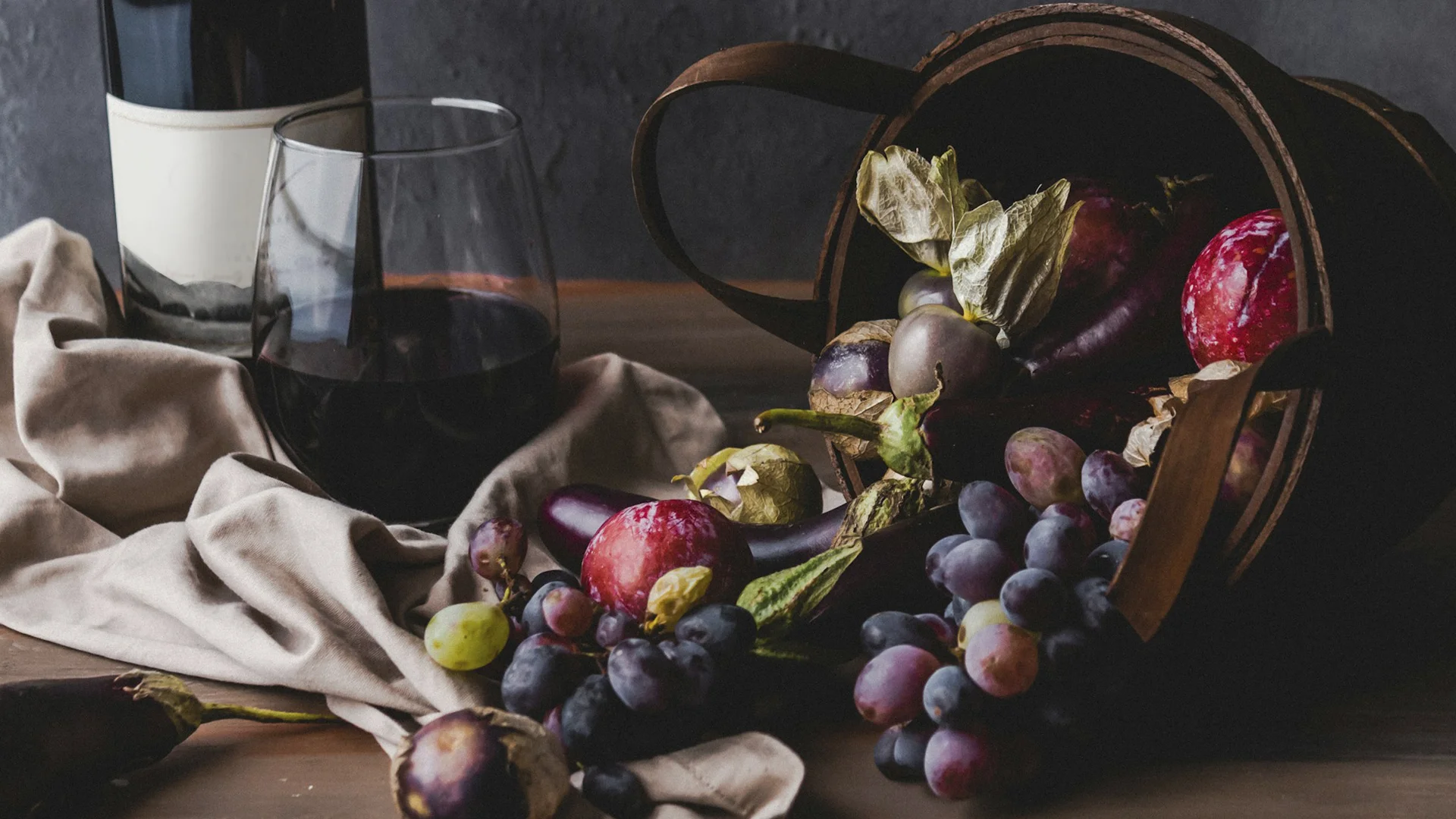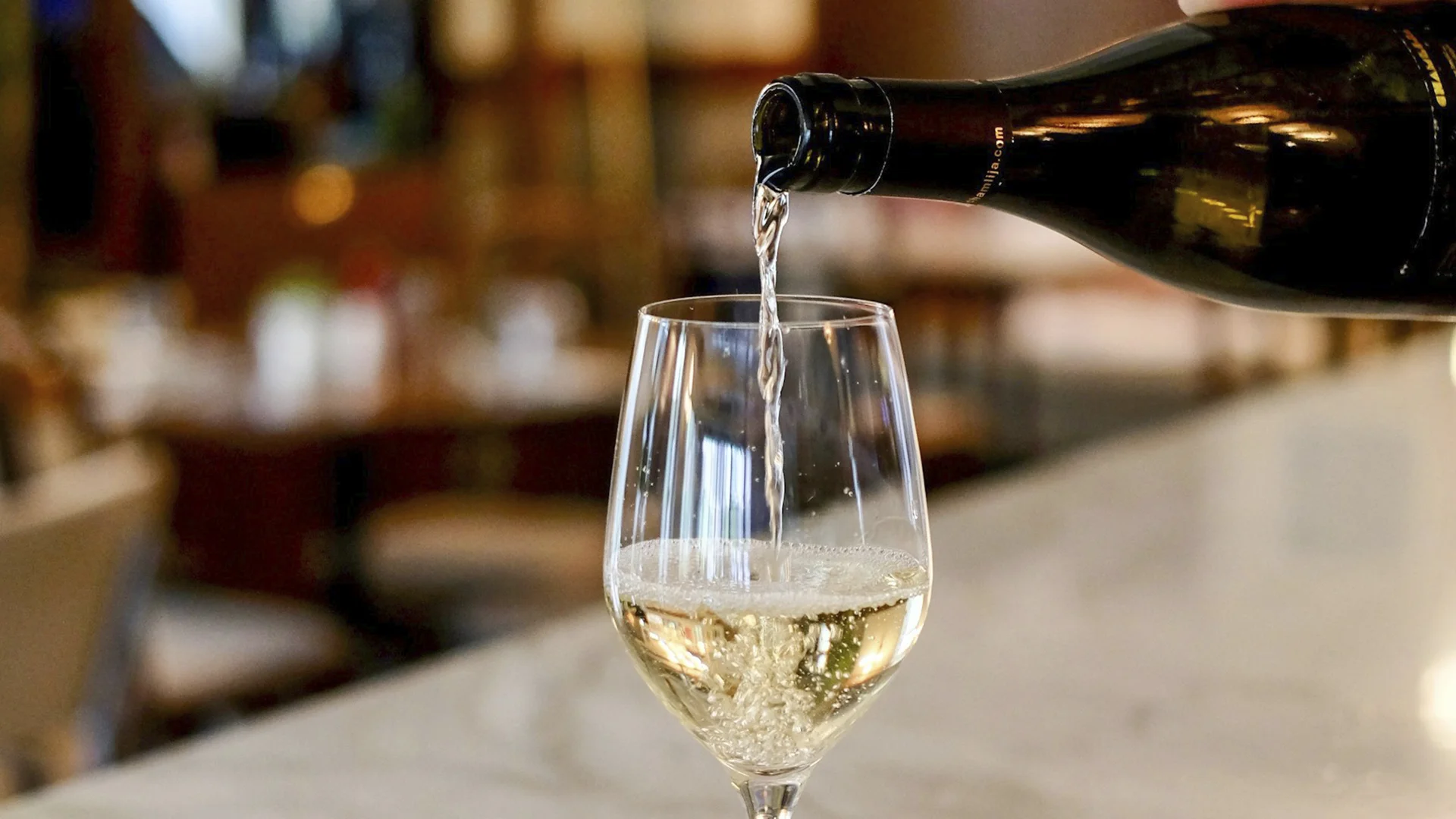
Embark on a voyage through the sun-drenched vineyards of Andalusia as we explore the understated elegance of Palomino wines. Often overshadowed by more flamboyant varietals, Palomino quietly crafts the backbone of some of the world’s most exquisite sherries. This versatile grape variety is experiencing a renaissance, captivating wine enthusiasts with its ability to produce exceptional still wines that showcase terroir like few others. From the sun-baked albariza soils of Andalusia to the windswept vineyards of South Africa, the Palomino grape is revealing its true potential in the hands of skilled winemakers. These wines offer a fascinating journey through history, tradition, and innovation, challenging preconceptions and delighting palates with their complexity, minerality, and surprising depth. Join us as we delve into the history, cultivation, and delightful complexity of Palomino wines—a journey that promises to enrich your palate and expand your vinous horizons.
Palomino Fino, a historically significant grape variety, plays a crucial role in winemaking, particularly in the production of various styles and flavours of sherry, such as Palmas and Palo Cortado, as well as still wines. Winemakers around the world celebrate its versatility and potential.
Palomino wines are crafted from the Palomino grape, a white grape that originated in Andalucía, a region located in the southwestern of Spain. This one grape variety is most closely associated with the Jerez region, where it covers about 95% of the total vineyard area and is primarily used to produce Sherry wines. The Palomino grape thrives in the chalky, lime-rich soils known as “albariza,” which are characteristic of this region.
Palomino wine itself tends to be neutral in flavour, with low acidity and potential alcohol content. This makes it an ideal candidate for fortification, a process crucial to the production of different styles of Sherry. Despite its primary use in fortified wines, a few still, bone dry, single-varietal wines made from Palomino also exist, which exhibit flavours such as lemon, almond, and a subtle saline note. Unfortified Palomino wines are known for their natural freshness, salinity, nutty characteristics, and terroir expression, often highlighting specific vineyards and winemakers. Additionally, Palomino grapes are used to produce still table wines with distinct characteristics and qualities.
In contrast, Pinot Noir, a red grape variety, is known for its complex flavours, higher acidity, and delicate winemaking process. While Palomino thrives in the chalky, lime-rich soils of Andalucía, Pinot Noir prefers cooler climates and well-drained soils, often found in regions like Burgundy. The winemaking methods for Pinot Noir focus on preserving its delicate fruit flavours and aromas, whereas Palomino is often fortified to enhance its characteristics.
In addition to its strong presence in Spain, Palomino is also produced in the Canary Islands, where it is known as Listán Blanco, and in other regions like California and South Africa, albeit to a lesser extent.
Palomino wine, often recognized as a lovely white wine with subtle and elegant characteristics, offers a unique sensory experience. In this section, we will explore its visual aspects and body, aromatic notes, and taste notes, providing a comprehensive understanding of the palomino wine profiles and Fino what to expect when enjoying this distinctive wine.
Palomino wines can also be considered complex wines with deeper aromatics and a variety of flavours.
Palomino wine typically presents a pale straw to golden color, reflecting its light and delicate nature. The body of Palomino wine is fine and the palate generally light, contributing to its refreshing and approachable profile.
The aromatic profile of Palomino wine is often subtle but complex, with a range of primary, secondary, and tertiary notes that can be discovered upon closer inspection.
Primary Aromas:
Palomino wines typically showcase delicate primary aromas, reflecting the grape's subtle nature. These include:
Secondary Aromas:
As Palomino wines undergo fermentation and brief aging, they develop secondary aromas:
Tertiary Aromas:
With extended aging, especially in bottle, Palomino wines can develop more complex tertiary aromas:
It's important to note that the aromatic profile of Palomino wines can vary significantly depending on the winemaking style, terroir, and aging process. For instance, unfortified Palomino wines from old vines tend to show more complexity and character than their younger counterparts. Additionally, when used in Sherry production, Palomino can develop a wide range of aromas depending on the style, from the delicate, saline notes of Fino and Manzanilla to the richer, oxidative aromas of Amontillado and Oloroso.
The perception of Palomino as a neutral grape is changing as winemakers explore its potential in different regions and with various winemaking techniques. When handled skillfully, Palomino can produce fine wines with surprising depth, freshness, and an ability to express terroir.
The taste profile of Palomino wine is characterized by its lightness and subtlety, with specific fruit notes that enhance its overall palate experience.
Primary Taste Notes:
Palomino wines typically offer subtle primary flavours, reflecting the grape's delicate nature:
Secondary Taste Notes:
As Palomino wines undergo fermentation and brief aging, they develop secondary flavours:
Tertiary Taste Notes:
With extended aging, especially in Sherry production, Palomino wines can develop more complex tertiary flavours:
It's important to note that the flavour profile of Palomino wines can vary significantly depending on the winemaking style, terroir, and aging process. For instance, in Sherry production, Palomino develops a wide range of flavours depending on the style, from the delicate, saline notes of Fino and Manzanilla to the richer, more complex flavours of Amontillado and Oloroso.
When used for still wines, Palomino tends to produce light, simple, and balanced wines. However, the perception of Palomino as a neutral grape is changing as winemakers explore its potential in different regions and with various winemaking techniques. When handled skillfully, Palomino grapes can produce wines with surprising depth, freshness, and an ability to express terroir.
These taste notes highlight the wine’s delicate balance and the influence of its unique terroir and winemaking process.
Palomino wine, with its light and versatile profile, pairs wonderfully with a wide range of dishes from around the world. Its subtle flavours and balanced acidity make it an excellent companion for both traditional and innovative culinary creations. Let's delve into some of the best food pairings for Palomino wines:
These diverse food pairings showcase the versatility of Palomino wine, making it a delightful choice for a wide range of culinary experiences.
Palomino wine is primarily associated with the production of Sherry in Spain, particularly in the Sherry Triangle. This area in the Jerez region, formed by the towns of Jerez de la Frontera, Sanlúcar de Barrameda, and El Puerto de Santa María, is esteemed for its unique combination of albariza soils, maritime influences, and a tradition of solera aging, creating optimal conditions for cultivating Palomino grapes and producing world-class Sherry wines with distinct characteristics. The warm, dry soils of southern Spain, especially in the sun-bathed region of Andalusia, further enhance the cultivation of Palomino grapes, with specific vineyards like Las Vegas vineyard in Carrascal de Sanlucar benefiting from the strong Atlantic breeze and unique terroir. The climate in the vineyards of these regions plays a significant role in shaping the characteristics of the wine.

The climate in these regions greatly influences the characteristics of Palomino wines. Hot and dry climates, like those in Jerez and parts of California, lead to lower acidity and a more neutral flavour profile. This neutrality makes Palomino grapes an excellent base for fortified wines like Sherry, which rely on specific aging processes to develop their complex flavours. In contrast, regions with cooler climates, such as parts of the Canary Islands, can produce Palomino wines with slightly higher acidity and more pronounced fresh fruit flavours.
Palomino wine can be enjoyed at its best when served and stored correctly. Here are some practical tips to help you get the most out of your Palomino wine.

Palomino and Verdejo wines, both rooted in Spanish viticulture, present unique characteristics and styles due to their distinct grape varieties and growing regions. Here’s a look at their similarities and differences:
Palomino wines, often associated with Sherry production, include notable categories of oxidative wines. These wines evolve through dynamic systems of fractional blending, guided by legendary winemakers, and are celebrated for their exceptional qualities in wine-tasting events. Oxidatively aged wines play a crucial role in forming the modern classification and guidelines for these big categories of oxidative wines.
Primary Regions:
Wine Styles:
Flavor Profile:
Acidity:
Climate and Soil:
Palomino wine stands out for its versatility and unique characteristics, which makes it especially valued in the world of Sherry production. Winemakers often create their own wines from Palomino grapes, expressing the characteristics of the vines and vineyards. The grape juice from Palomino grapes is used in the production of different wine styles, including the diverse styles of Sherry. Its neutral flavour profile and low acidity make it an ideal candidate for the fortification processes that create the diverse styles of Sherry, from the light and crisp Fino to the rich and complex Oloroso. Grown primarily in the Jerez region of Andalucía, the Palomino grape thrives in the region’s chalky albariza soils and hot, dry climate, which contribute to its distinct qualities. Whether you’re enjoying a fresh, still Palomino wine or savouring the intricate flavours of a well-aged Sherry, Palomino offers a refined and memorable wine experience. Its subtlety and elegance make it a delightful choice for both casual sipping and sophisticated pairings, showcasing the depth and tradition of Spanish winemaking.
























































.webp)

.webp)
.webp)
.webp)


























.webp)













Are you interested in
collaborating with us?